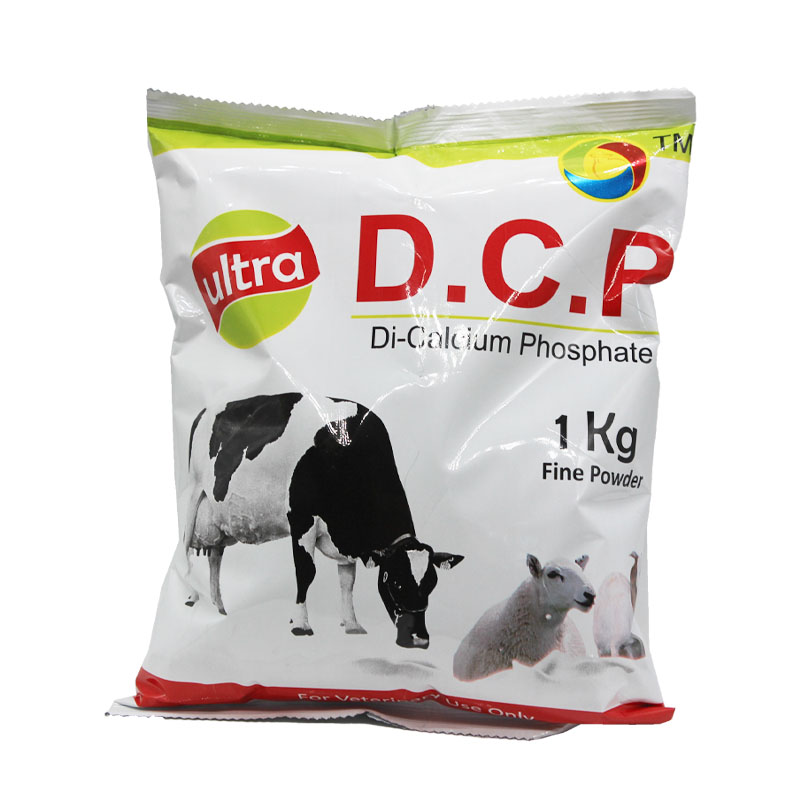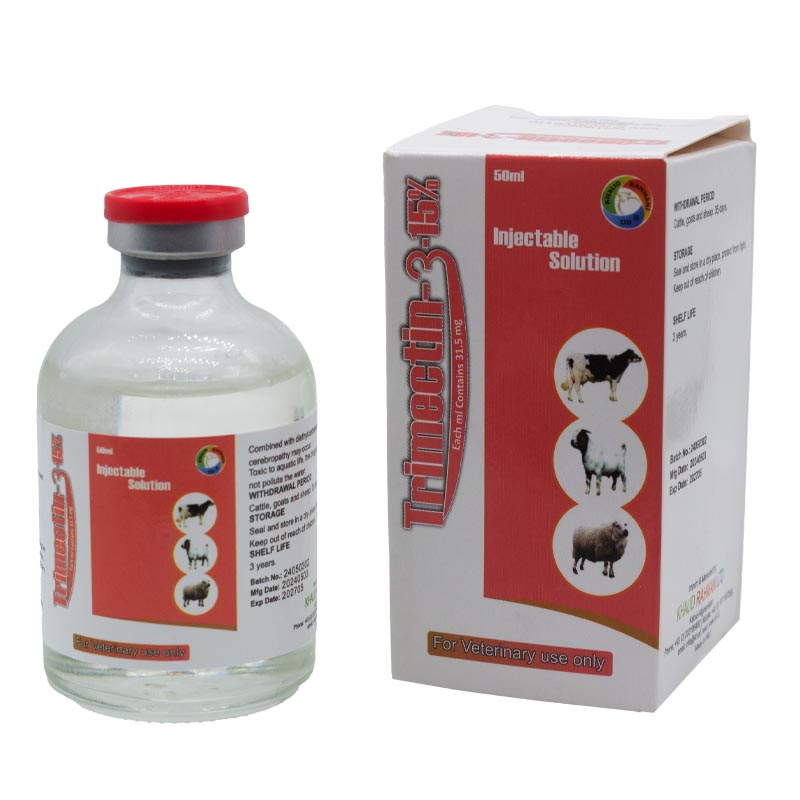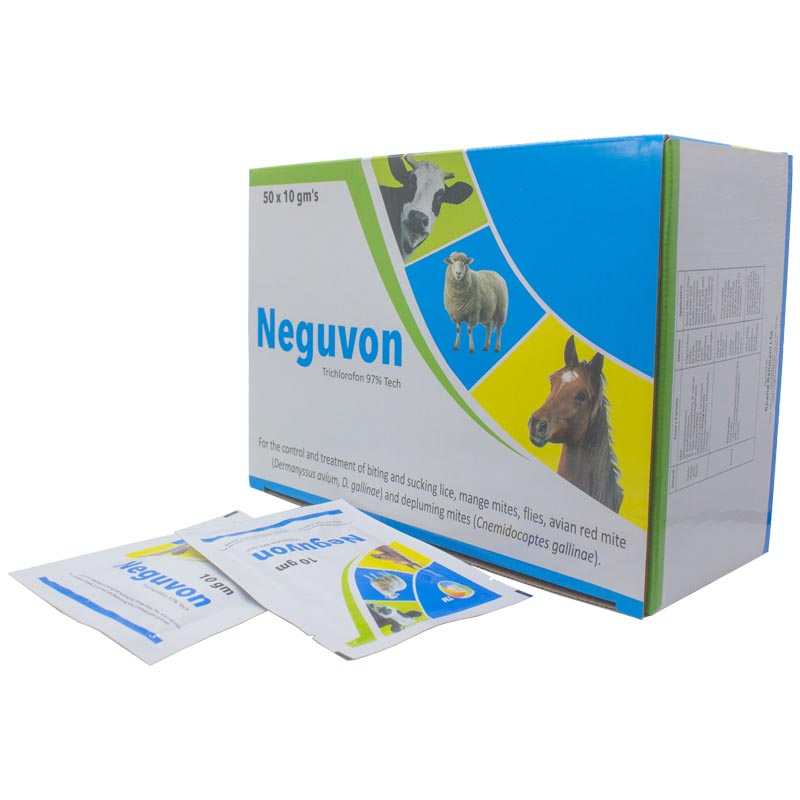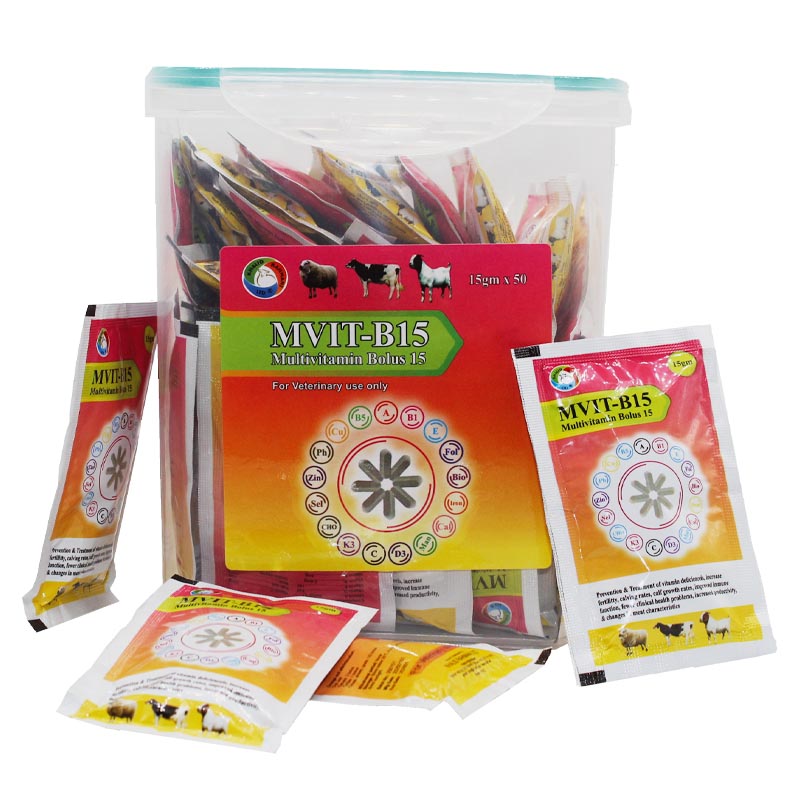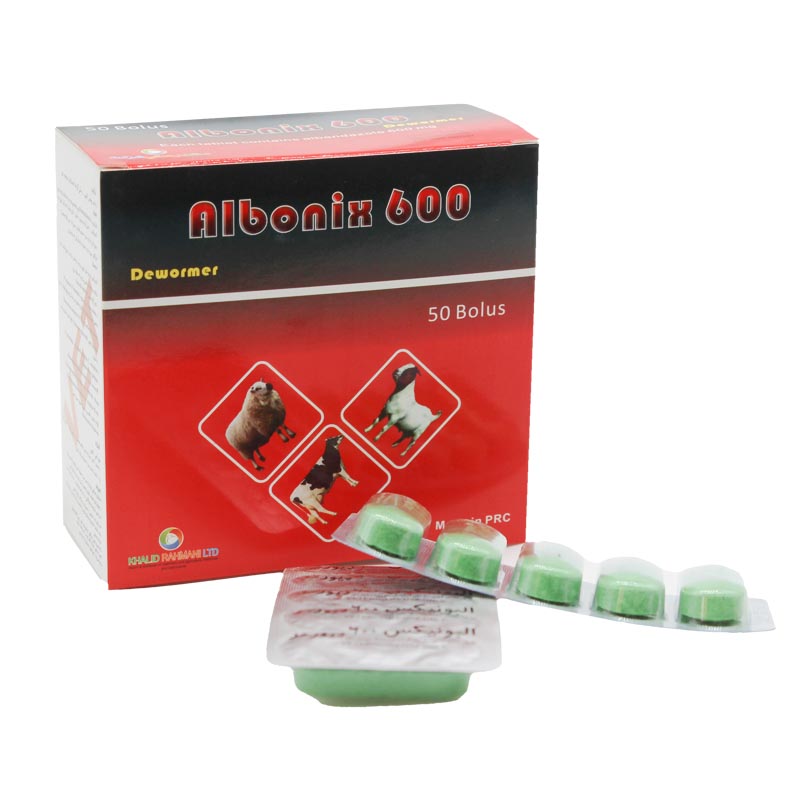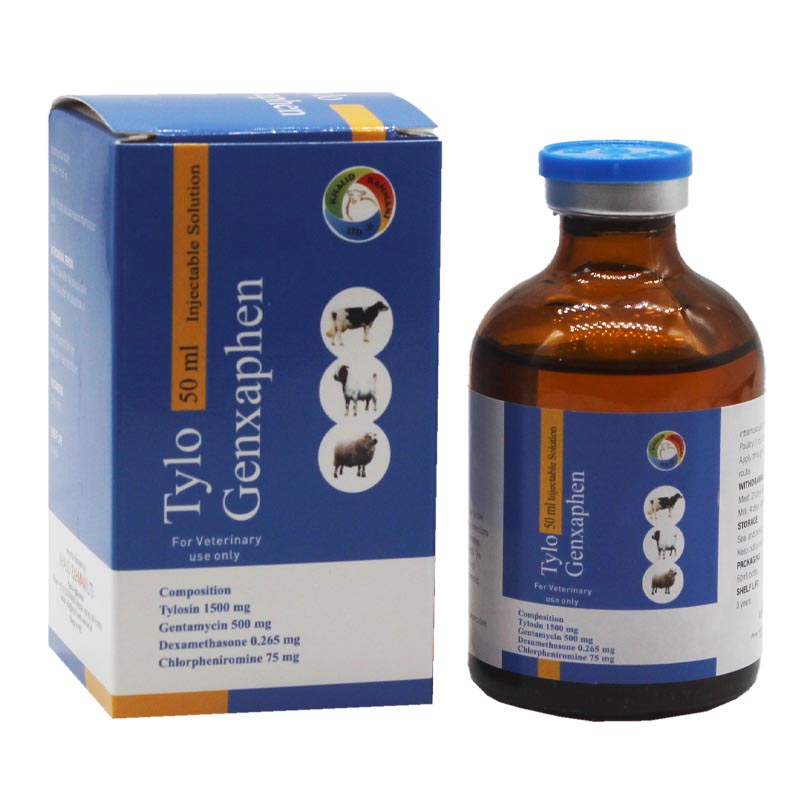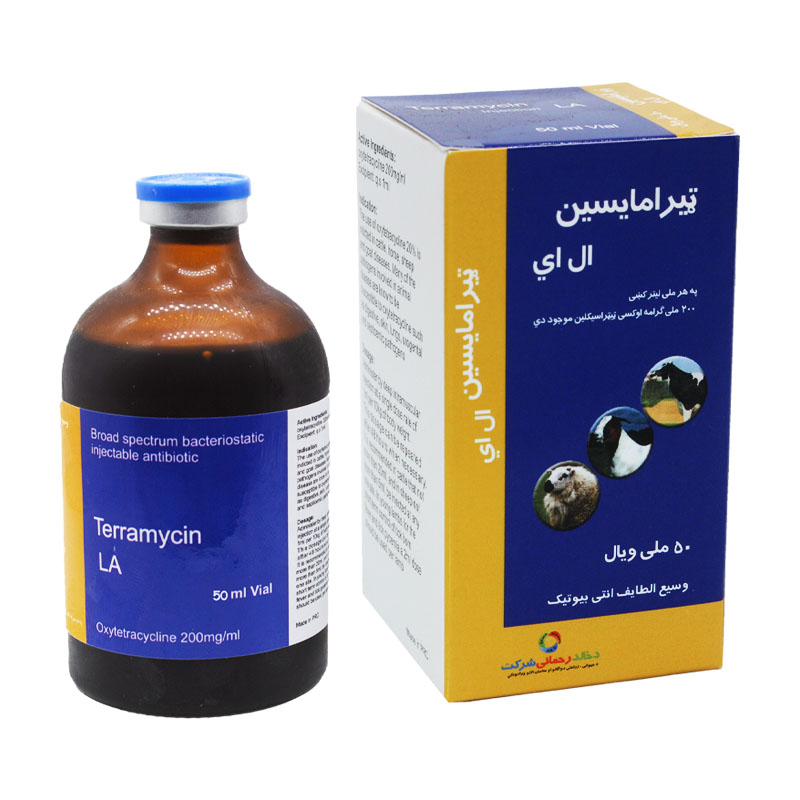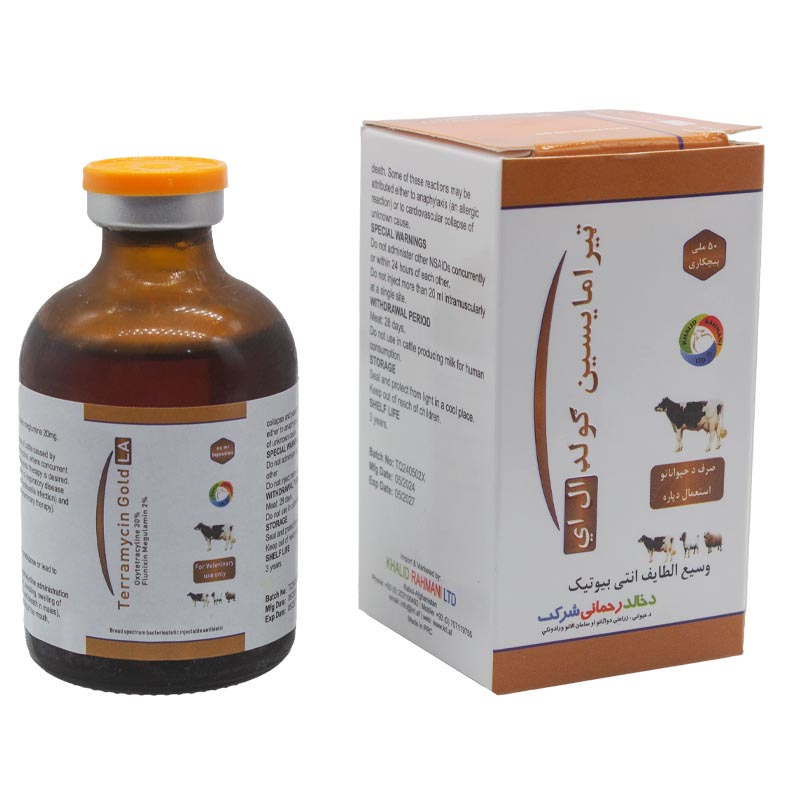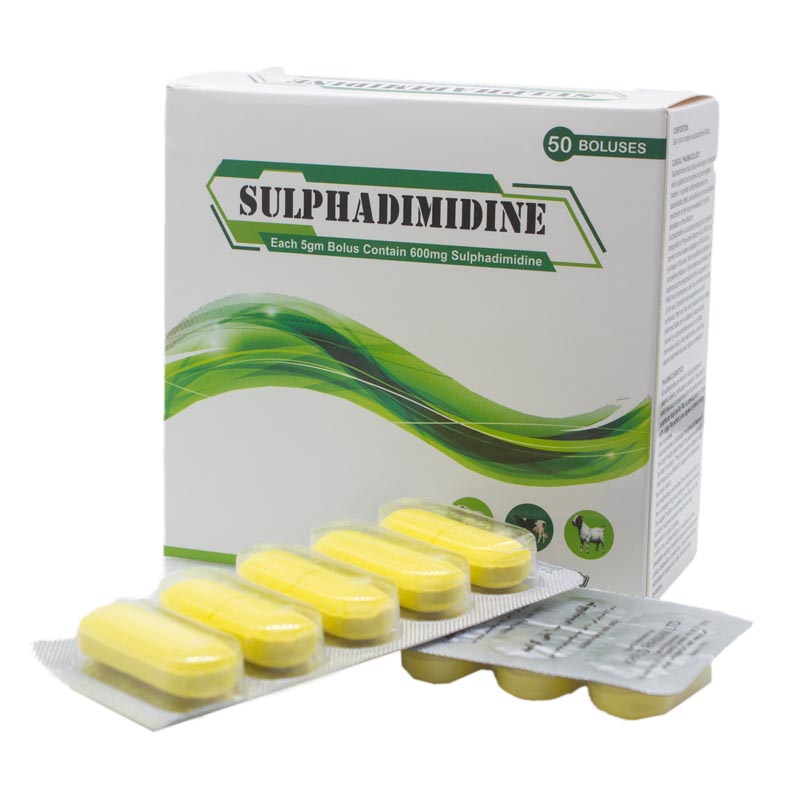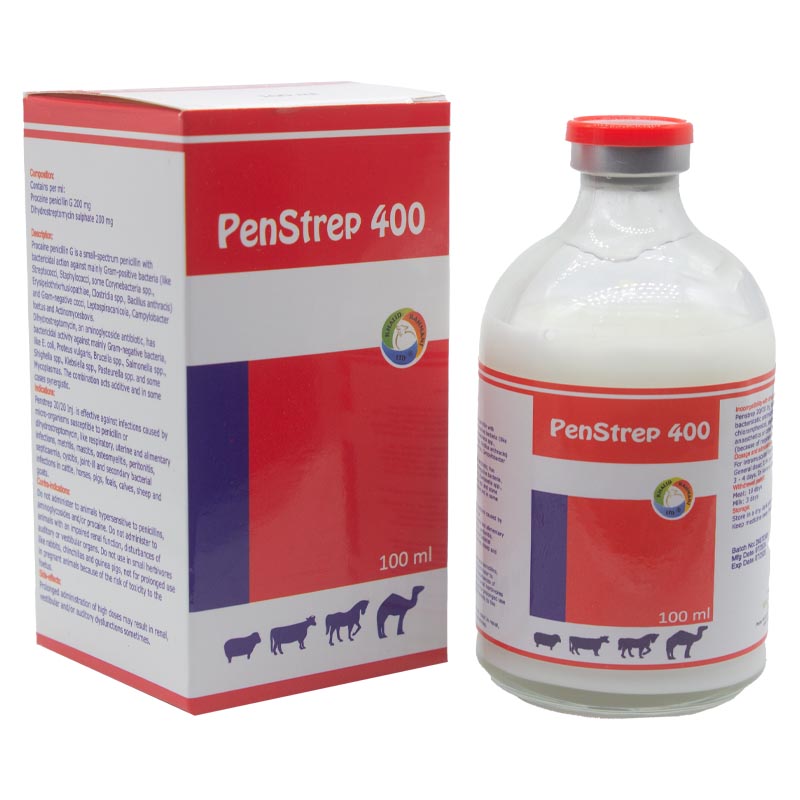ULTRA DCP
Pharmacological Aspects of Di calcium Phosphate (DCP) in Animal Nutrition
Di calcium Phosphate (DCP) is a widely used mineral supplement in animal feed, particularly for livestock like cattle, poultry, and sheep. It provides essential calcium and phosphorus, two critical minerals required for various physiological processes. Understanding the pharmacology of DCP in animal nutrition involves analyzing its absorption, distribution, metabolism, and physiological effects. Below is a comprehensive look at the pharmacological aspects of DCP:
Pharmacodynamics of Di calcium Phosphate
Pharmacodynamics refers to the study of the effects of DCP on the body, focusing on how it works and interacts with the biological systems of animals.
Mechanism of Action: Di calcium phosphate is an ionic compound that dissociates into calcium (Ca²⁺) and phosphate (PO₄³⁻) ions in the digestive system. These ions are essential for several physiological functions, such as bone and teeth formation, energy metabolism, and nerve function.
Calcium (Ca²⁺): Calcium is vital for bone mineralization, muscle contraction, nerve signaling, and blood clotting. It also plays a role in enzyme activation and cellular processes.
Phosphorus (PO₄³⁻): Phosphorus is a major component of nucleic acids, ATP (adenosine triphosphate), and phospholipids, which are essential for cellular energy and structural integrity.
Therapeutic Effects: DCP supports optimal bone health, muscle function, and growth in livestock. It also improves reproduction and milk production in dairy cattle by maintaining calcium levels crucial for lactation. It reduces the risk of bone deformities and ensures proper development of the skeletal system in young animals.
Side Effects and Risks: While DCP is generally safe, excessive intake can lead to hypercalcemia (high calcium levels) or hyperphosphatemia (high phosphorus levels), leading to kidney dysfunction, mineral imbalances, and soft tissue calcification. Proper dosing is essential to avoid these adverse effects.
Pharmacokinetics of Di calcium Phosphate
Pharmacokinetics studies how the body absorbs, distributes, metabolizes, and excretes DCP once it is administered.
Absorption: DCP is typically absorbed in the small intestine, where calcium and phosphate ions are taken up by specialized transporters. The absorption is influenced by factors such as the animal’s age, dietary composition, and the presence of other nutrients like vitamin D, which enhances calcium absorption.
Distribution: Once absorbed, calcium and phosphate are distributed throughout the body. Calcium is primarily found in bones and teeth, while phosphorus is a key component of ATP and phospholipids in cells. Both minerals are present in extracellular fluids, where they play a role in maintaining pH balance and electrolyte homeostasis.
Metabolism: Calcium is tightly regulated in the body. Parathyroid hormone (PTH) and calcitonin regulate calcium levels in the blood by controlling its release from bones and reabsorption in the kidneys. Phosphorus metabolism is also controlled by the kidneys, which regulate its excretion and reabsorption based on dietary intake and calcium levels.
Excretion: The kidneys primarily excrete excess calcium and phosphorus. If there is an overload of these minerals in the body, the kidneys filter and excrete them to maintain proper balance. However, chronic excess intake of DCP can strain renal function.
Clinical Pharmacology of Di calcium Phosphate in Animal Nutrition
Clinical pharmacology focuses on the application of DCP in livestock care and how it contributes to the overall health and productivity of animals.
Nutritional Support: DCP provides essential calcium and phosphorus, supporting the growth, skeletal development, and overall health of animals. It is particularly important for pregnant or lactating dairy cows and growing animals that require higher amounts of these minerals.
Reproductive Health: Adequate calcium and phosphorus are vital for proper reproductive function in livestock. DCP supplementation helps ensure normal reproductive cycles, reducing the risk of reproductive failure and improving fertility rates.
Milk Production: In dairy cattle, DCP plays a key role in improving milk production. Calcium is required for milk synthesis, and DCP helps maintain calcium levels that are crucial during lactation. Adequate phosphorus also ensures efficient energy metabolism, which supports milk production.
Safety and Toxicology of Dicalcium Phosphate
Toxicology studies the potential harmful effects of DCP when administered in excess and the safety margins for its use in animal feed.
Toxicity of Calcium and Phosphorus:
Hypercalcemia (High Calcium Levels): Excess calcium can lead to kidney stones, soft tissue calcification, and reduced bone strength due to impaired bone remodeling.
Hyperphosphatemia (High Phosphorus Levels): Excess phosphorus can cause calcification of soft tissues, including the kidneys, leading to renal failure.
Safety Margins: The toxicity of DCP depends on the balance between calcium and phosphorus in the animal’s diet. The recommended dietary calcium-to-phosphorus ratio is typically 2:1. In livestock feed formulations, DCP should be added in carefully controlled amounts to avoid mineral imbalances.
Prophylactic Use of Dicalcium Phosphate
Prophylactic pharmacology involves using DCP to prevent deficiencies and diseases related to calcium and phosphorus imbalance.
Bone Disorders Prevention: DCP is often used to prevent rickets, osteoma Lacia, and other bone-related disorders caused by calcium or phosphorus deficiencies. It helps ensure that livestock, especially young animals and lactating cows, maintain proper skeletal development.
Support for Reproductive Health: Preventing calcium and phosphorus deficiencies also helps avoid issues like milk fever in dairy cows, which occurs due to low blood calcium levels around parturition.
Improving Performance: DCP supplementation is a preventative measure to enhance growth rates and production in livestock. It improves the overall health, vitality, and performance of animals by ensuring they have sufficient minerals to carry out vital physiological processes.
Experimental Pharmacology in Di calcium Phosphate Use
Experimental pharmacology focuses on researching the potential benefits and risks of DCP in animal nutrition through controlled studies.
Animal Trials: Clinical trials on livestock demonstrate that DCP supplementation improves bone density, milk production, and overall health, especially in dairy cows and growing calves. These trials also monitor the safety and efficacy of DCP under various conditions.
Dose Optimization Studies: Research is ongoing to determine the optimal doses of DCP required for different species and production systems, ensuring that livestock receive the correct amount of calcium and phosphorus for optimal growth and productivity.
